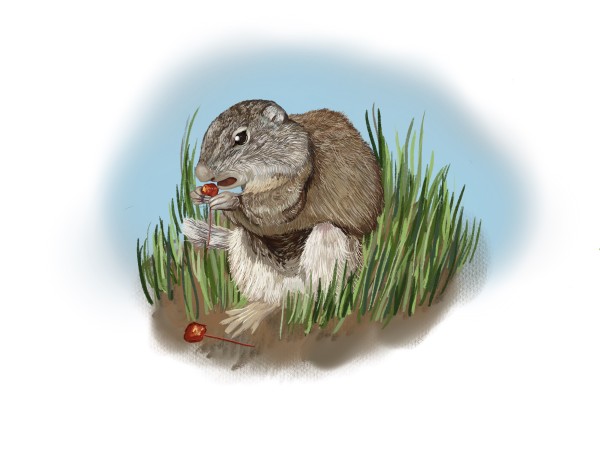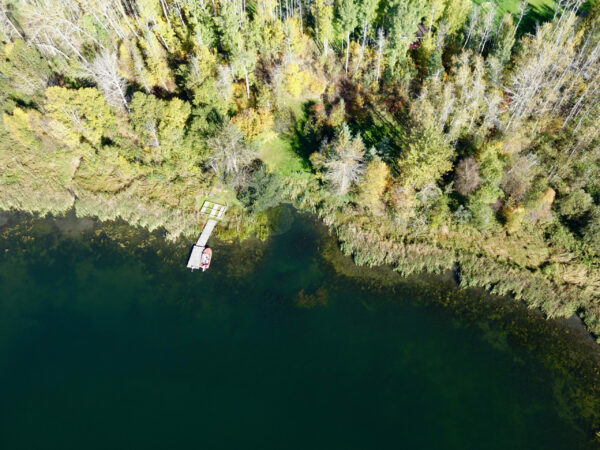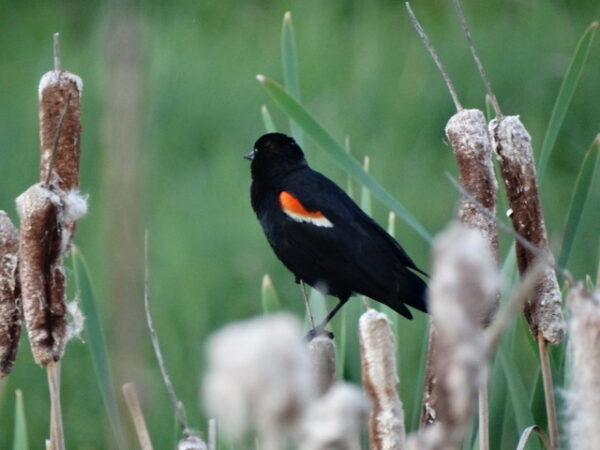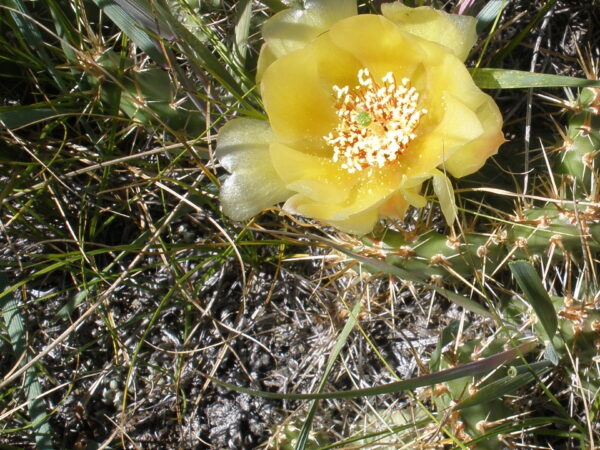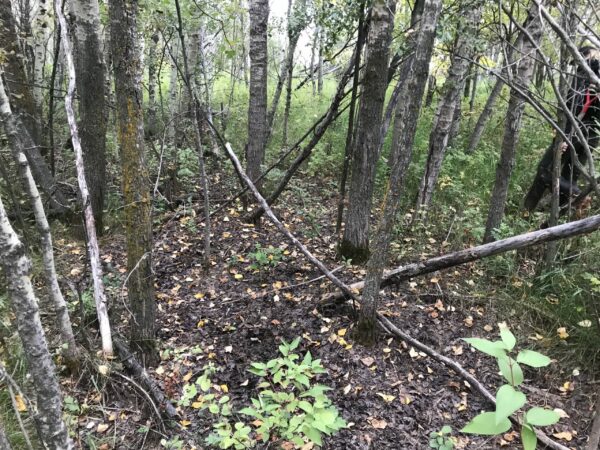At first glance, the shrubby area in the image on the right may look like a regular landscaped garden… However, it’s actually a key piece of city infrastructure designed to treat storm water runoff and help decrease flash flooding in Edmonton neighbourhoods!
Low Impact Development (LID) is a stormwater management approach that utilizes natural features, such as this vegetated bioretention area, to treat stormwater runoff as close to the source as possible. LID features reduce flooding in urbanized areas by reducing runoff volume through the “capture” of excess water within the vegetated features, and at the same time, help remove contaminants.
Over the past summer, Fiera Biological monitored LID features in a newly developed neighbourhood in Edmonton to ensure these features were functioning adequately. This involved keeping a close eye on the weather and visiting these features after large rain events to sample for total suspended solids, a measurement of problem pollutants occuring in urbanized areas.
We installed a remote weather station that sent us data in real time to let our technicians know when it was raining in our study area, how much it was raining, and precisely when that rainfall stopped. This way we could arrive to collect water samples within minutes of a rain shower concluding.
After a summer of rainy and muddy field visits, we were impressed by the effectiveness of these LID features in treating stormwater before it enters natural waterways. Continued monitoring is required but we are excited by the results and are optimistic that LIDs will play a larger role in Alberta stormwater management in the future.
We’ve learned a lot about LID features and their role in storm water treatment, and we expect to be up to our armpits in LIDs again this summer!
Keep a lookout for LID features in Edmonton’s newest neighbourhoods!

